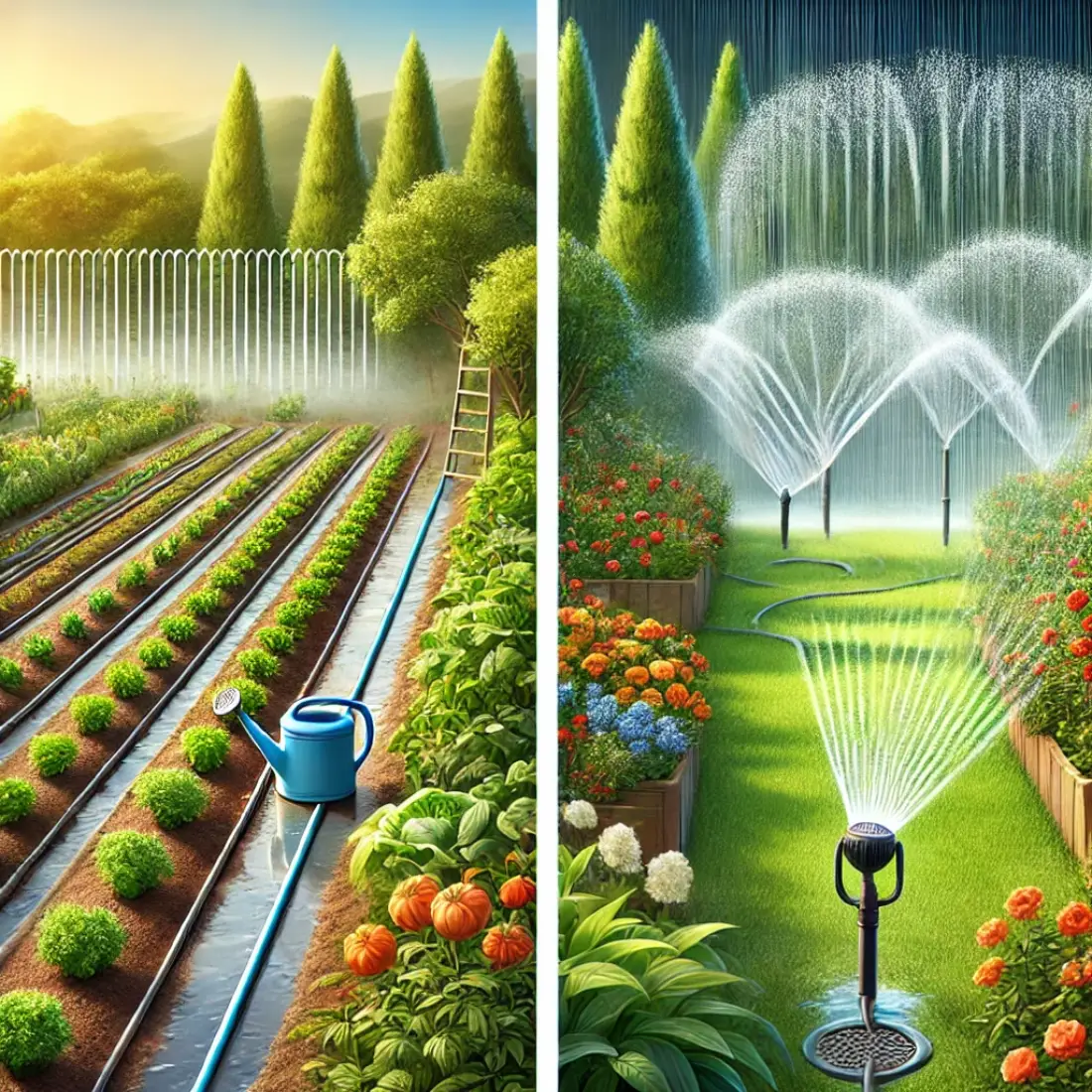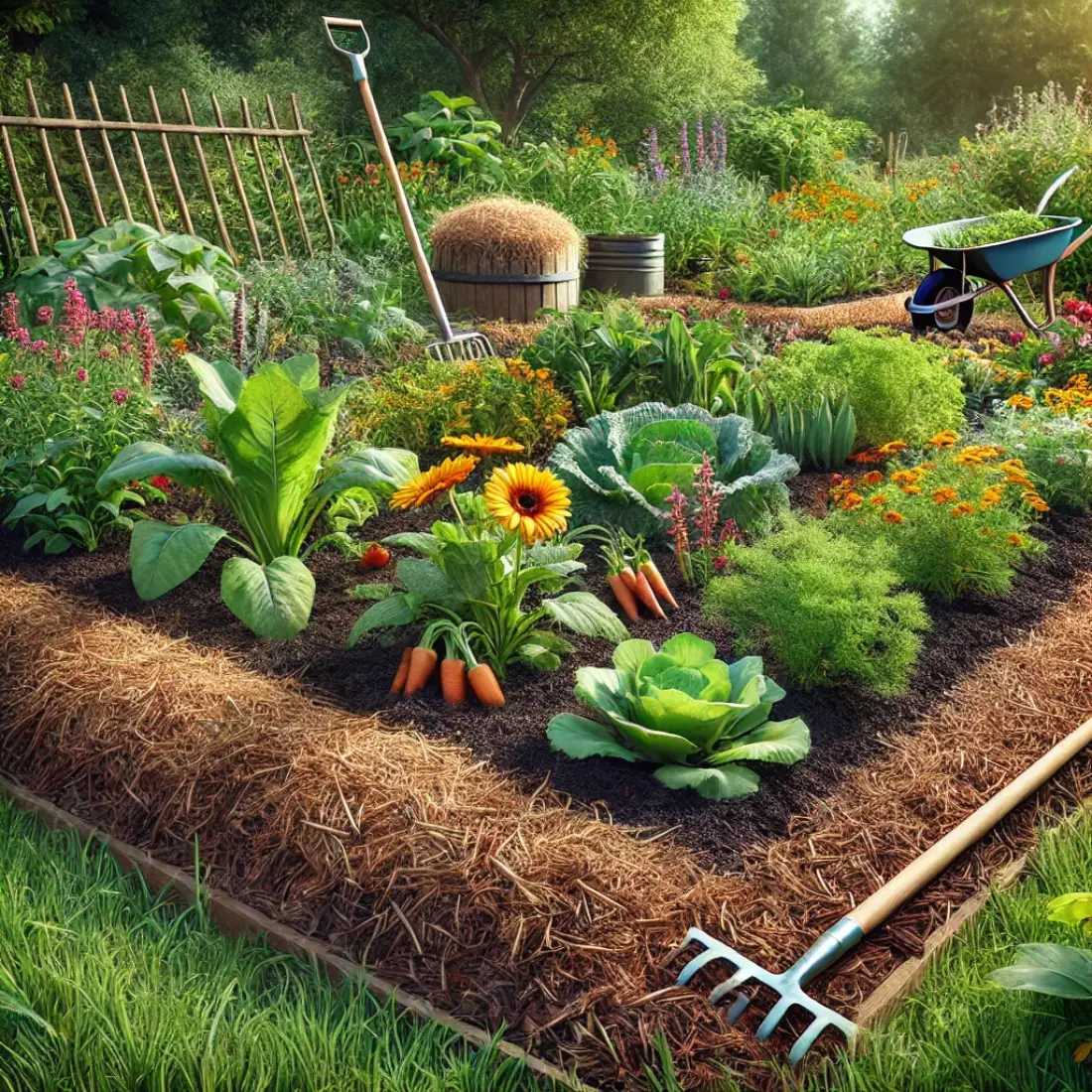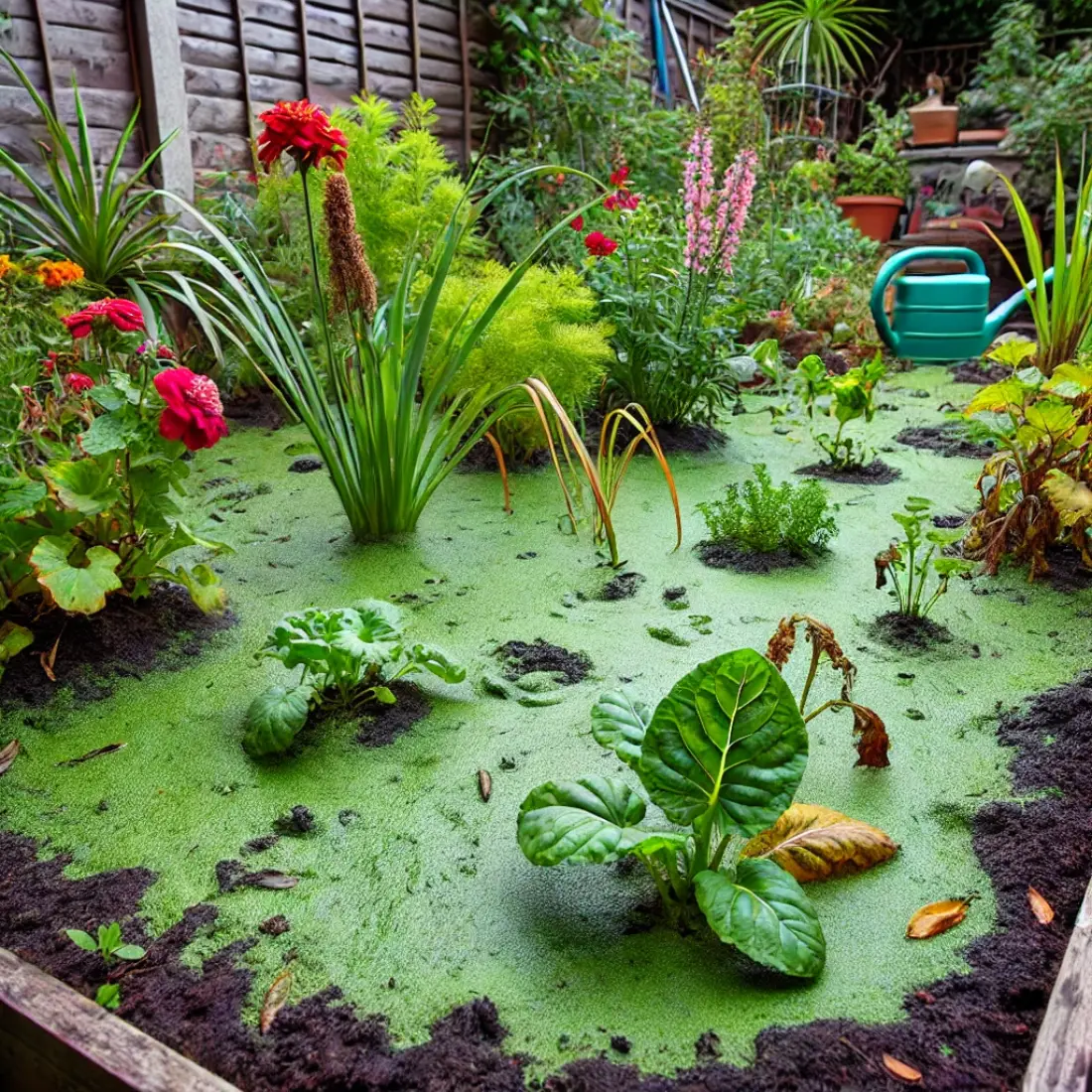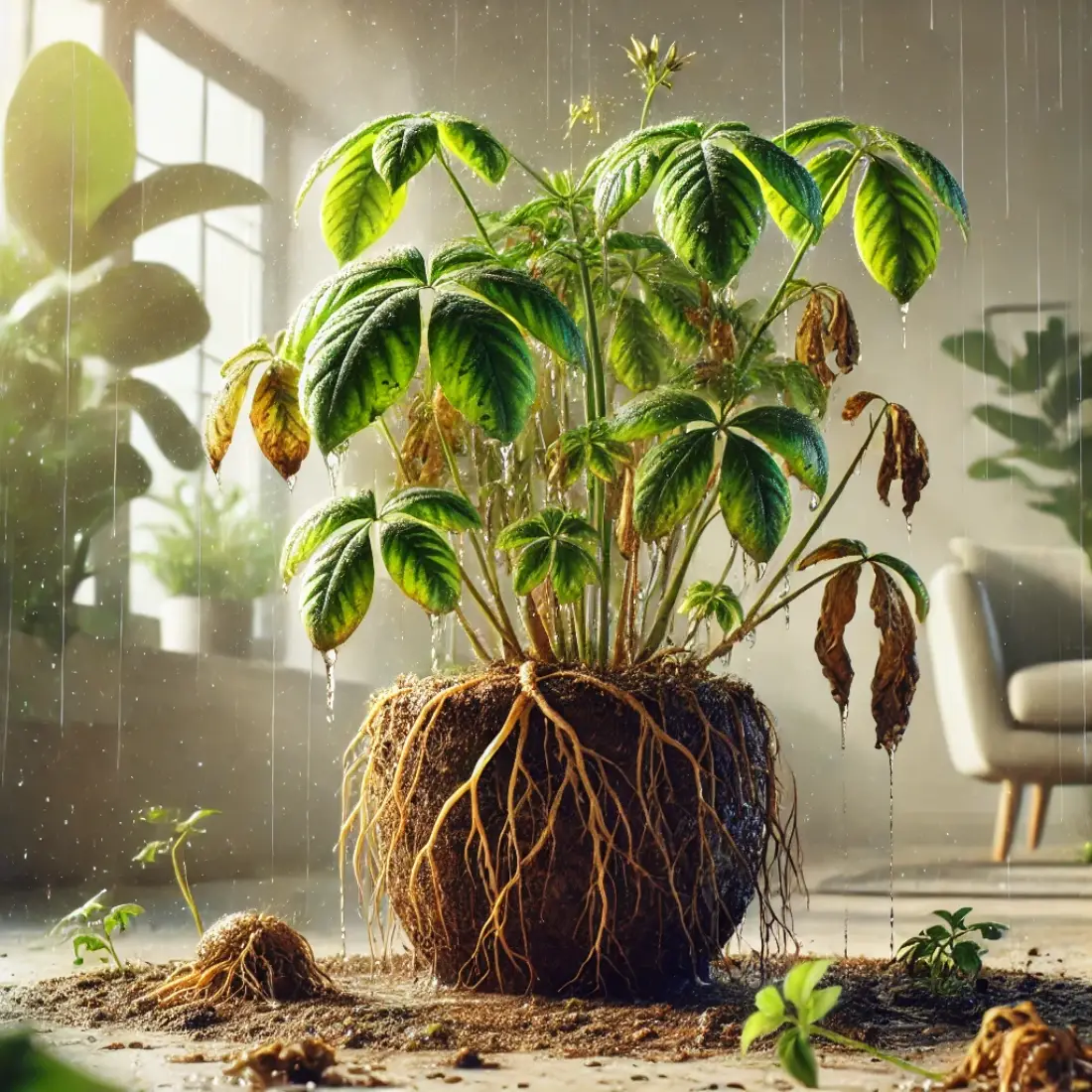Irrigation systems have transformed water management in gardening and agriculture. They provide controlled water delivery, ensuring plants receive optimal moisture. This is crucial for efficient water use, especially in regions with water scarcity.
Irrigation systems minimize water wastage by targeting plant roots, reducing evaporation and runoff. They come in various types, like drip irrigation for gardens and crops, and sprinkler systems for lawns and large fields. These systems save time and labor by automating watering schedules, ensuring consistent hydration for plants even in your absence.
- Water Efficiency: Irrigation systems conserve water by targeting plant roots directly, reducing evaporation and runoff.
- Improved Plant Health: Consistent moisture levels prevent overwatering and underwatering, promoting healthier plant growth.
- Time and Labor Savings: Automated watering schedules reduce the need for manual watering, saving time and effort.
- Increased Crop Yield: Optimized watering conditions enhance nutrient absorption, leading to higher yields.
- Soil Preservation: Irrigation prevents soil erosion and maintains soil structure and fertility.
- Versatility: Different systems (drip, sprinkler) cater to various plant types and garden sizes, from small gardens to large farms.
How to Use an Irrigation System
Using an irrigation system effectively involves several steps, from choosing the right system to maintaining it properly.
Drip Irrigation vs. Sprinkler Systems
- Drip Irrigation: Best for gardens, flower beds, and vegetable patches. Delivers water directly to the root zone, minimizing evaporation and runoff.
- Sprinkler Systems: Ideal for lawns, larger gardens, and fields. Simulates natural rainfall and covers a wide area.
Factors to Consider
- Size of Area: Larger areas may benefit from sprinklers, while smaller, targeted areas are better suited for drip systems.
- Type of Plants: Different plants have different water needs. Drip systems are perfect for plants requiring consistent moisture, while sprinklers are great for lawns.
- Climate: Consider the local weather patterns. Drip systems work well in arid regions, while sprinklers are better in areas with regular rainfall.
Installation Process
- Planning: Draw a layout of your garden or field. Mark the areas where you need irrigation.
- Choosing Equipment: Select the appropriate irrigation system components based on your layout.
- Setup: For drip systems, lay out the tubing along the plant rows and secure it with stakes. For sprinkler systems, position the sprinkler heads to ensure even coverage.
- Connecting to Water Source: Attach the irrigation system to a reliable water source, such as a garden hose or a main water line.
- Testing: Turn on the system and check for leaks or uneven water distribution. Adjust as needed.
Tips for Proper Setup
- Ensure that the water pressure is suitable for your system to avoid damage.
- Use filters to prevent clogging, especially in drip systems.
- Install timers to automate watering schedules and improve efficiency.
Creating Efficient Watering Schedules
- Frequency: Adjust the frequency based on the plant type and season. For example, water more frequently in hot, dry weather.
- Duration: Determine the optimal watering duration. Deep watering is often more beneficial than frequent shallow watering.
Adjusting for Seasons and Weather Conditions
- Spring/Summer: Increase watering frequency to compensate for higher temperatures and evaporation rates.
- Fall/Winter: Reduce watering as plants enter dormancy and rainfall increases.
Maintenance and Troubleshooting
Regular Maintenance Tasks
- Inspect for Leaks: Regularly check the system for leaks or damaged components and repair them promptly.
- Clean Filters: Clean or replace filters to ensure water flows freely.
- Flush System: Periodically flush the system to remove any debris or sediment buildup.
Common Issues and Fixes
- Uneven Water Distribution: Adjust sprinkler heads or drip emitters to ensure even coverage.
- Clogged Emitters/Nozzles: Clean or replace clogged parts to restore proper function.
- Low Water Pressure: Check for leaks or obstructions in the system and ensure the water source provides adequate pressure.
Which Plants Benefit the Most from Irrigation Systems
Irrigation systems can be tailored to meet the specific needs of various plants, significantly enhancing their growth and productivity. Here’s a closer look at which plants benefit the most from these systems:
Vegetables
- Tomatoes: Require consistent moisture to prevent blossom-end rot and to ensure robust growth. Drip irrigation is ideal for delivering water directly to the root zone, reducing the risk of fungal diseases.
- Cucumbers: Thrive with regular watering, especially during flowering and fruiting stages. Consistent moisture levels help produce crisp, flavorful cucumbers.
- Peppers: Benefit from steady moisture, particularly in hotter climates. Drip systems prevent water from splashing onto leaves, which can lead to disease.
Fruits
- Strawberries: Need consistent, shallow watering. Drip irrigation ensures that water reaches the roots without wetting the foliage, preventing rot and fungal issues.
- Blueberries: Prefer acidic, well-drained soil with regular moisture. Irrigation helps maintain the right soil conditions and supports healthy fruit development.
- Melons: Require ample water during the growing season. Consistent irrigation promotes juicy, sweet melons and prevents cracking.
Flowers
- Roses: Need deep watering to encourage strong root growth. Drip irrigation provides the necessary moisture without wetting the foliage, reducing the risk of black spot and mildew.
- Tulips: Benefit from steady, moderate watering during their growth cycle. Proper irrigation ensures vibrant blooms.
- Daisies: Thrive with regular watering, especially during dry spells. Irrigation helps maintain their cheerful appearance and prolonged blooming period.
Lawns and Grasses
- Lawns: Require even and frequent watering to stay green and lush. Sprinkler systems are perfect for covering large areas uniformly, ensuring healthy grass growth.
- Types of Grasses: Cool-season grasses like Kentucky bluegrass and fescue, as well as warm-season grasses like Bermuda and Zoysia, all benefit from regular irrigation to stay healthy and resilient.
Trees and Shrubs
- Young Trees: Need consistent moisture to establish deep roots. Drip systems or soaker hoses can provide slow, deep watering that supports strong growth.
- Newly Planted Shrubs: Require regular watering during their first year to establish roots. Irrigation systems help maintain the right moisture levels without over-saturating the soil.
FAQs about Irrigation systems
What is the best type of irrigation system for small gardens?
For small gardens, drip irrigation systems are often the best choice. They deliver water directly to the roots of plants, minimizing waste and ensuring each plant receives adequate moisture. Drip systems are easy to install and can be customized to suit the specific layout of your garden.
How often should I water my plants with an irrigation system?
The frequency of watering depends on the type of plants, soil, and climate. Generally, most plants benefit from deep watering 2-3 times a week. Adjust the schedule based on weather conditions and plant needs, increasing frequency during hot, dry periods and reducing it during cooler, wetter seasons.
Can irrigation systems be used in all climates?
Yes, irrigation systems can be adapted to work in all climates. In arid regions, drip irrigation helps conserve water by reducing evaporation. In humid climates, sprinkler systems can be adjusted to prevent overwatering. It’s essential to tailor the system and schedule to the specific climate and plant requirements.
What are the costs associated with installing an irrigation system?
The cost varies depending on the size of the area, type of system, and complexity of the installation. Basic drip systems for small gardens can cost a few hundred dollars, while larger, automated sprinkler systems for extensive lawns or fields can run into several thousand dollars. DIY installation can reduce costs.
How do I know if my irrigation system is working properly?
Signs of a properly functioning irrigation system include even water distribution, healthy plant growth, and absence of dry or waterlogged spots. Regularly inspect the system for leaks, clogged emitters, or damaged components. Monitoring soil moisture levels and plant health can also indicate if adjustments are needed.
Can I install an irrigation system myself, or should I hire a professional?
Many homeowners successfully install basic irrigation systems themselves, especially drip systems. However, for larger or more complex systems, professional installation ensures proper setup and efficiency. Professionals can also provide valuable advice on system design and maintenance.
What maintenance is required for an irrigation system?
Regular maintenance includes inspecting for leaks, cleaning filters, and ensuring emitters and nozzles are not clogged. Seasonal maintenance involves adjusting schedules, winterizing the system in colder climates, and flushing out any sediment buildup. Routine checks help keep the system running efficiently.
How can I conserve water while using an irrigation system?
To conserve water, use drip irrigation where possible, adjust watering schedules based on weather conditions, and install rain sensors or moisture meters. Mulching around plants helps retain soil moisture, reducing the need for frequent watering. Regularly inspect and maintain the system to prevent leaks and inefficiencies.
Are there any plants that should not be watered with an irrigation system?
Most plants benefit from irrigation systems, but some, like succulents and cacti, prefer infrequent watering and well-drained soil. For such plants, avoid overwatering and adjust the irrigation system to provide minimal water. Research specific plants needs to ensure proper watering practices.
Can irrigation systems be used with rainwater harvesting?
Yes, irrigation systems can be integrated with rainwater harvesting systems. Collected rainwater can be stored in tanks and used for irrigation, reducing reliance on municipal water supplies. This eco-friendly practice conserves water and provides plants with natural, chemical-free water.










